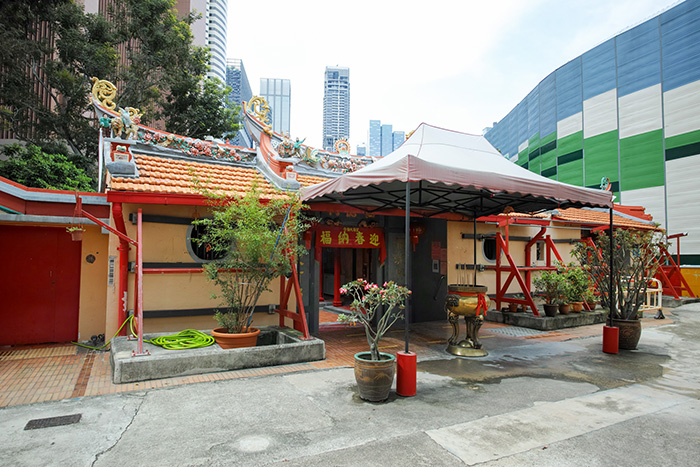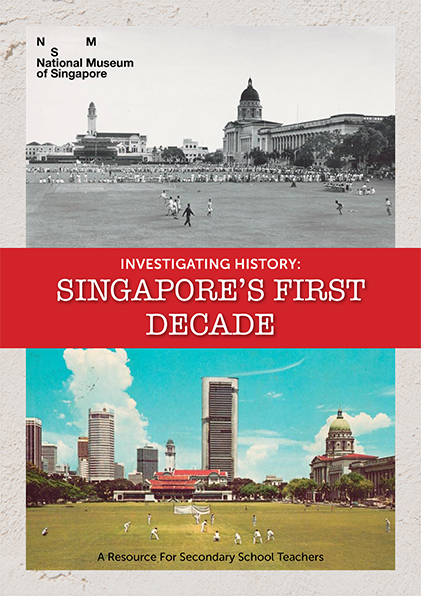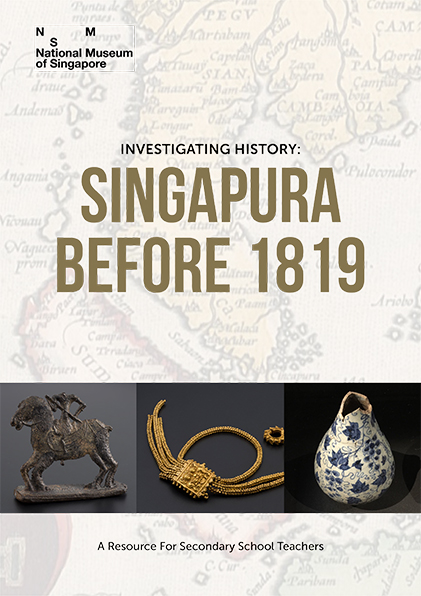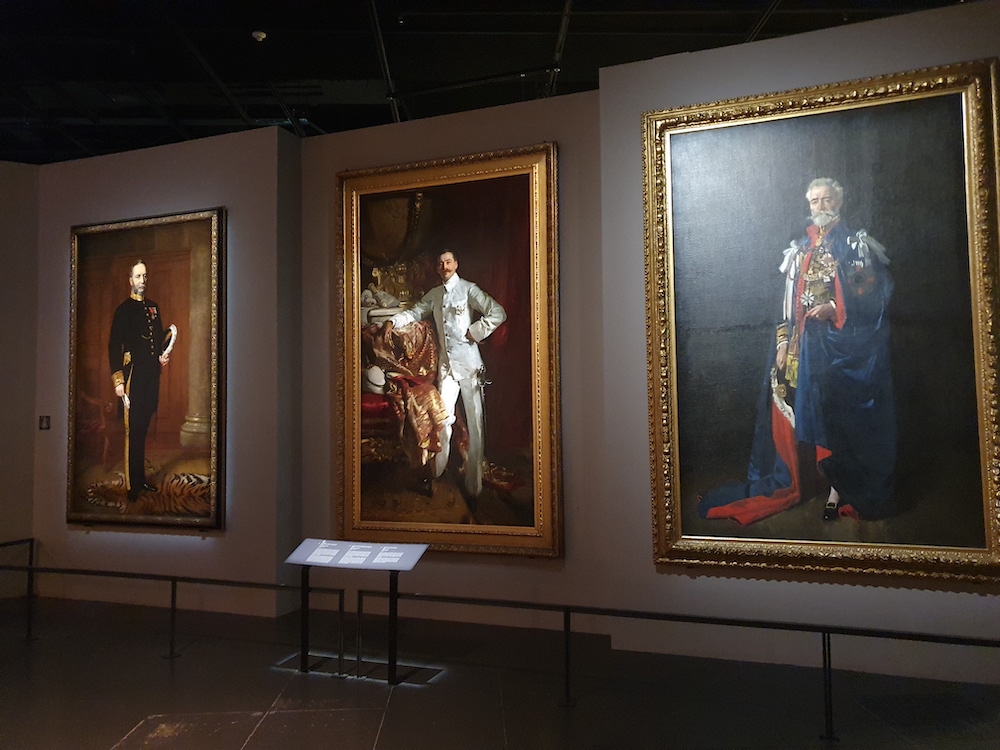This project began with the simple objective of recording the history, culture, and origins of Malay martial art groups in Singapore. It has done so successfully and uncovered information that could possibly lead to more nuanced insights into the origins and development of the Singapore Malay community and more.
The project has established that many of the early members of Malay martial arts groups migrated to Singapore during the 19th and early 20th century from various parts of Southeast Asia such as Sumatra, Java, Sulawesi, the Riau-Lingga islands and the Malay Peninsula.
The videos and accompanying writeups that you see on this page were part of what the research team collated as part of its research over a two-year period from 2018 to 2020.
Although the videos and writeups cannot realistically claim to capture all possible angles, we nevertheless hope that they will contribute in a small way towards the preservation of the history, culture, and origins of these silat groups.
Pencak Sendeng (Singapore)
The Pencak Sendeng silat school style is characterised by a focus on defending the seven body areas of the eyes, nose, mouth, neck, chest, and groin areas from injury by the enemy. It is defensive in nature and requires a lengthy training period. This silat style has special significance for the research project due to its sociocultural connections with Singapore.
Pokolan Bawean (Singapore)
The Pokolan Bawean silat school style originates from Bawean island in Indonesia. It involves the use of empty hand techniques, locks, counter-locks, and strikes to achieve victory over an opponent. This silat style has special significance for the research project due to its sociocultural connections with Singapore. Training takes place at various locations, like Bedok North, Pasir Ris, and Kembangan in Singapore today.
Pokolan Lian (Singapore)
The Pokolan Lian silat school’s style combines the martial arts moves of two silat styles from Indonesia; the Pokolan style from Bawean island and the Lian style from Banten island. It places emphasis on discipline, character, and the use of one’s energies to help the less fortunate in whatever ways possible. The school’s students must agree to abide by certain conditions before being accepted by the school. They must agree to be taught by a teacher, follow instructions at all times and be trained at a place designated by the school as a training ground. Students must prepare any food and water for refreshment themselves, and have a strong heart due to the nature of the long and difficult training. This silat style has special significance for the research project due to its sociocultural connections with Singapore.
Seligi Tunggal Angkatan (Singapore)
The Seligi Tunggal Angkatan silat school is characterised by the tough training of its students. The school places emphasis on physical and mental fortitude, and teaches students to never be satisfied with what one has but to constantly strive for greater achievements. Over the years, the school has expanded over the years from its original training ground location in Woodlands to other locations around Singapore, like Bukit Panjang, Newton, Tanglin, Boon Lay, Marsiling, and Toa Payoh. Training takes place in the community centres of these suburban towns in Singapore.
Seligi Tunggal Singapura (Singapore)
The Seligi Tunggal Singapura silat school style is influenced by a combination of Bugis and Baweanese martial arts. It is characterised by sharp and steadfast punches. The school’s name originates from two words. The word “Seligi” translates to punch/strike in the Bugis language, whilst the word “tunggal” means the one and only. Put together, the school name “Seligi Tunggal” translates to “The one and only school of the punch.” The school’s core values are grounded in humility, respect for elders, and a strong basic foundation as being necessary for students before they can move on to more advanced silat techniques.
Sendeng Belalang (Singapore)
The Sendeng Belalang silat school style is characterised by the use of aesthetic moves and adaptability to changing circumstances. However, it is also very adaptable to modern day demands of silat, which has become more prominent as a sport than an art. The school’s silat style combines elements from the Pokolan, Gayong and Cekak silat styles as the basis for its moves.
Sendeng Pukulan (Singapore)
The Sendeng Pukulan silat school’s style is a combination of the silat style of two schools called ‘sendeng’ and ‘pukulan’. It is characterised by an emphasis on attacking and never retreating. The school has placed emphasis on self-discipline and humility as a core foundation for its students since its founding in Singapore in 1989.
Sendeng Seturut (Singapore)
The Sendeng Seturut silat school’s style is characterised by an emphasis on attacking strikes and hand-to-hand combat. The school also teaches its students to be well-grounded in values such as respect for the elderly and attaches great importance in guiding the students’ physical and moral development.
Sendeng Tangkas (Singapore)
The Sendeng Tangkas silat school’s style is characterised by physical locks and catching of the opponent’s strikes. The school’s silat style is a very practical style that emphasises a quick takedown of the opponent. It was established in 2014 in Singapore with the objective of encouraging more young Singaporeans to take up silat, and to educate the young in values such as discipline and good morals.
Si Rumpun Padi (Singapore)
The Si Rumpun Padi silat school’s style is characterised by the use of a tekpi, or a short-handled trident, in armed combat. The tekpi is a versatile weapon that can be used by both hands, and can also be adapted to be both a defensive and offensive weapon. The school’s name is derived from two words; “Rumpun” which means a collective, and “Padi” which means rice and symbolises what the school’s students will ideally develop into; that is, to be like the paddy which, when heavy with rice, looks like it is still bowing. This connotation means that even when students become better in terms of knowledge and skills, they should always be humble.
Silat Bunga (Singapore)
The Silat Bunga school’s silat style is characterised by the use of “bunga”, or set moves, and “buah”, or strikes, to achieve victory over an opponent. This silat style is said to originate from Solo in Central Java, Indonesia and was supposedly brought to Singapore during World War II. There are a total of 5 different types of “bunga” set moves and many different “buah” strike forms. The premise behind the school’s silat style is not to chase the enemy but to make him or her come over to be defeated. The school places emphasis on the values of teamwork and cooperation as the key to achieving success in silat and other matters in life.
Sunda Pajajaran (Singapore)
The Sunda Pajajaran silat school’s style traces its origins to Sunda, Indonesia. It is characterised by an emphasis on preserving the traditional Sundanese martial arts style.
This silat style is always performed with traditional gamelan music and is often a crowd-puller. This silat style has special significance for the research project due to its sociocultural connections with Singapore.
Tapak Suci (Singapore)
The Tapak Suci silat school’s style originates from the Jogjakarta region in Indonesia. It is physically demanding in nature and encompasses the use of specialised weapons like a sesgu, or metal truncheon, that can be used in either offensive or defensive stances. The school’s teachings are grounded in an emphasis on maintaining good ethics and conduct at all times, and the development of mental and physical strength via discipline and rigorous training. This silat style has special significance for the research project due to its sociocultural connections with Singapore.
Seni Silat Titi Pinang (Singapore)
The Seni Silat Titi Pinang silat school’s style is of Bugis origin. The school’s silat moves are versatile and can be executed from standing or sitting postures. Taught by Mr Mr Mohamed Khamin Bin Said, the head guru of the Seni Silat Titi Pinang silat school, it has a signature double-punch move which is said to be very potent.
Note: Guru Mohamed Khamin passed away in December 2020. The research team was fortunate to have recorded the silat moves which Guru Khamin demonstrated for us in July 2019.




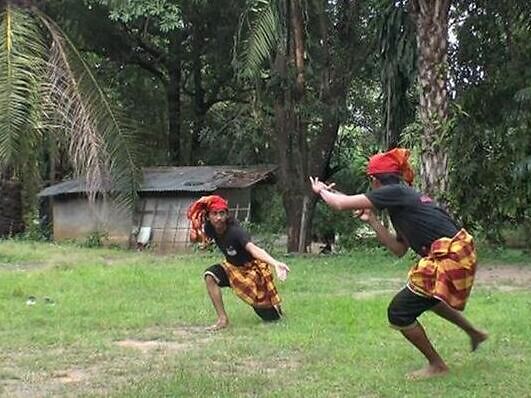
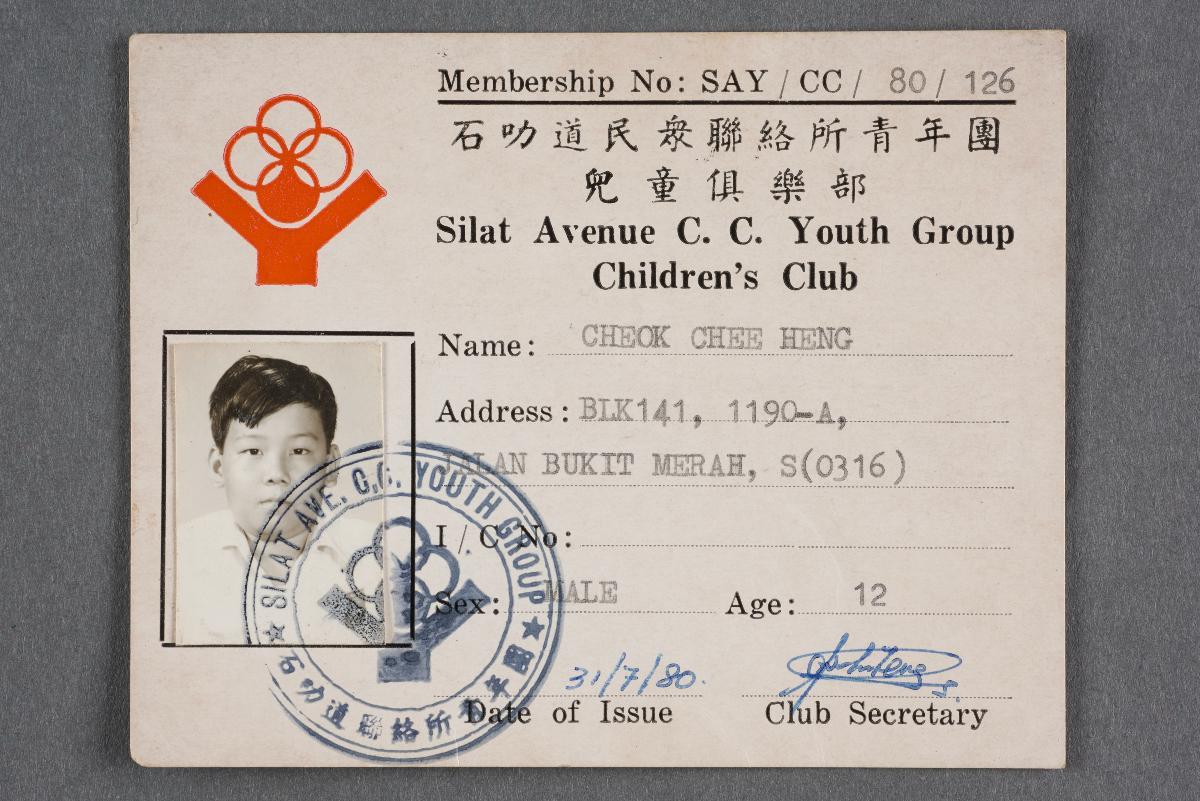
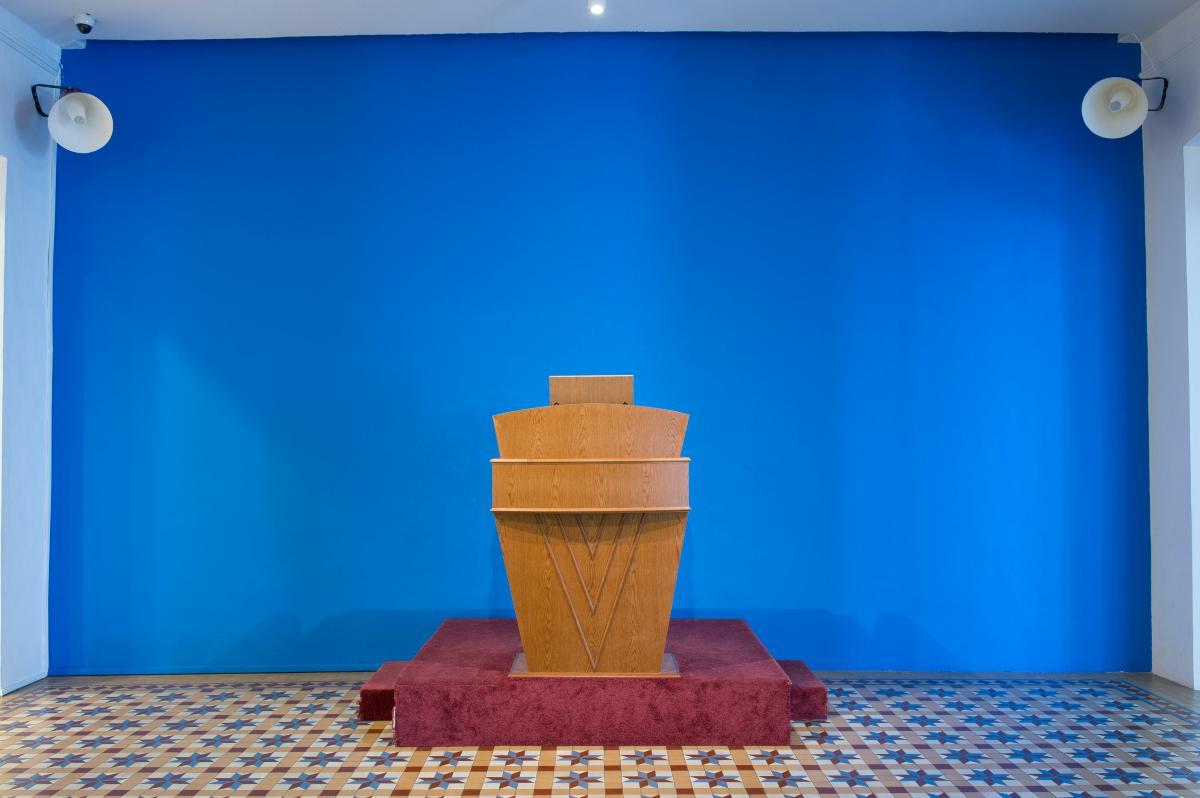
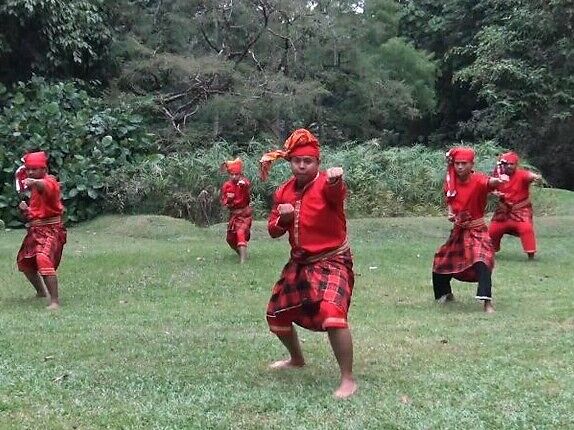
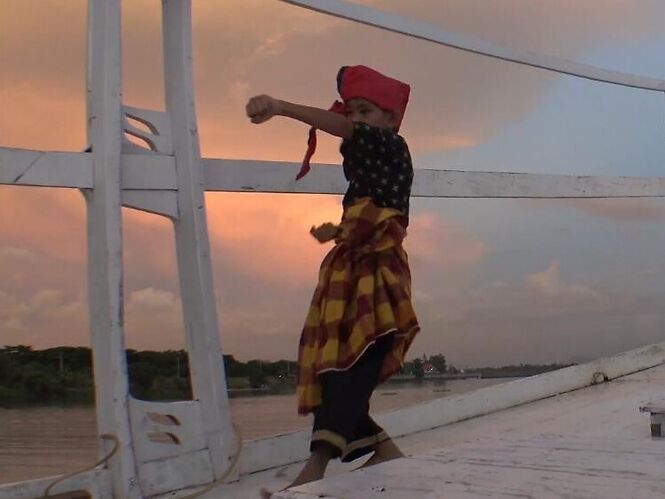
.ashx)
